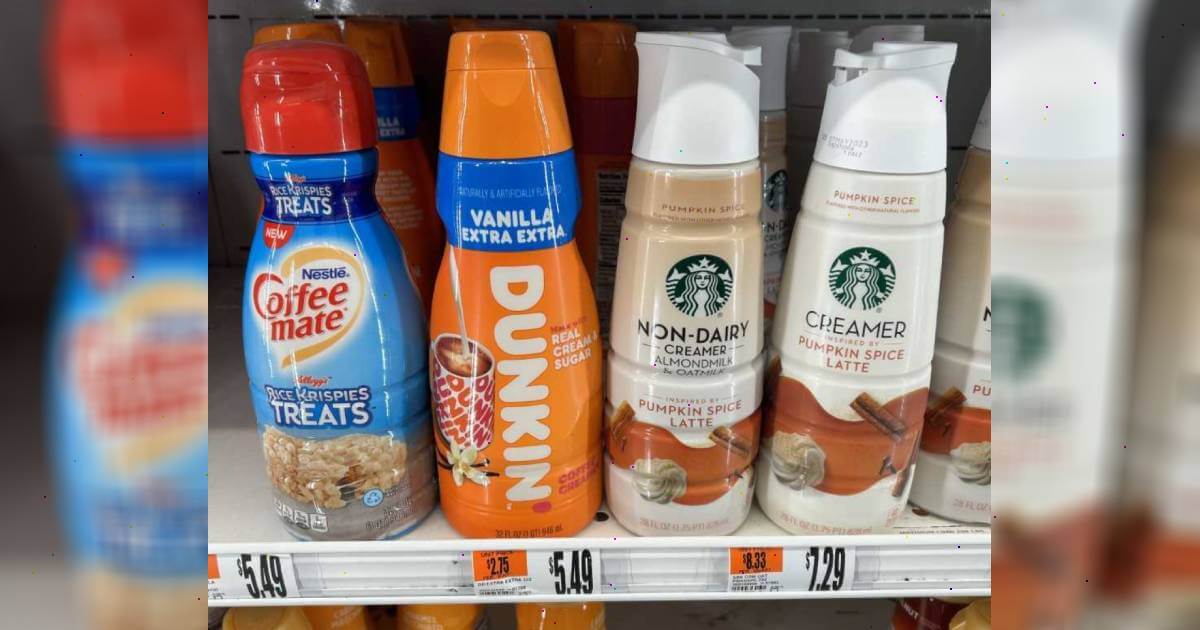The New Recipe for Food Licensing

Food is increasingly becoming a key ingredient in innovative consumer products programs.
And while food and restaurant brands have long been paired with licensing, they are currently expanding their reach in the grocery aisle. Whether it’s through a standard licensing deal or a supply agreement for ingredients, brands are trading on their equity more than ever.
Most recently, General Mills launched International House of Pancakes (IHOP) Mini Pancake Cereal in Blueberry & Syrup. While the pancake-shaped cereal carries the flavor of a signature IHOP dish. it’s also an homage to the “pancake cereal” trend that became a social media sensation in 2020 during the height of the pandemic.
The cereal aisle is no stranger to licensing—Post Holdings launched cereal under Hostess’ Twinkie brand in 2019 and General Mills countered with a version under Hershey’s Reese’s brand—but these offerings are rapidly expanding. In fact, Kellogg’s brought back its “bakery-inspired” Cinnabon cereal this fall after consumers launched an online petition seeking its revival after being discontinued in 2018.
In the dairy aisle, Nestle North America paired its Coffee Mate dairy creamers with Kellogg’s Rice Krispie Treats and General Mills’ Cinnamon Toast Crunch brands. It is also fielding creamers under the Starbucks label as part of an alliance forged with the coffee giant in 2018, while rival Danone North America responded with the Dunkin brand for a Pumpkin Munchkin-inspired creamer this fall. Licensing also has strengthened in the snack (General Mills’ Reese’s Puff treats) and ice cream (Rich Products’ ice cream cakes under Oreo, Heath, and Reese’s Brands) aisles.
The approach to food licensing varies by department, however. In-store bakeries are more likely to carry a “made with” label and no logo, said Janna Markle, SVP at Brand Central. But in the ice cream section, for example, the strategy shifts to co- or fully-branded products that leverage both the logo and ingredients, which makes the product “much more saleable,” she said.
“It used to be just ingredients, but now products are also using the licensing of the brand name,” Markle said. “This makes it a strong licensed product and authentic to the brand.”
The bottom line in many of these licensing deals is not just to reinforce a brand’s equity but also, in the case of restaurants, to bring them into consumers’ homes. Restaurant brands traditionally faced some resistance from franchisees who feared licensed product sold in retail would cut into their sit-down business. (And there were some chains that refused to license out brands from their menus for largely the same reason.)
Licensors, however, found that mix-ins like Oreos and Heath Bars, which are staples at ice cream shops, translate well to in-home purchases since consumers are familiar with the brands, said Kimberly O’Brien, shopper marketing manager for the in-store bakery and deli division at Rich Products.
“You are buying equity whether it’s the sale of ingredients or the licensing of them along with the logo,” said Bill Cross, EVP of brand development at Broad Street Licensing, which secured a licensing deal between SeaPak Shrimp and Seafood Co. and Budweiser for beer-battered frozen cod. “Younger consumers talk about authenticity and transparency, and so in the end even if it is just an ingredient you are still buying the equity of the brand.”




